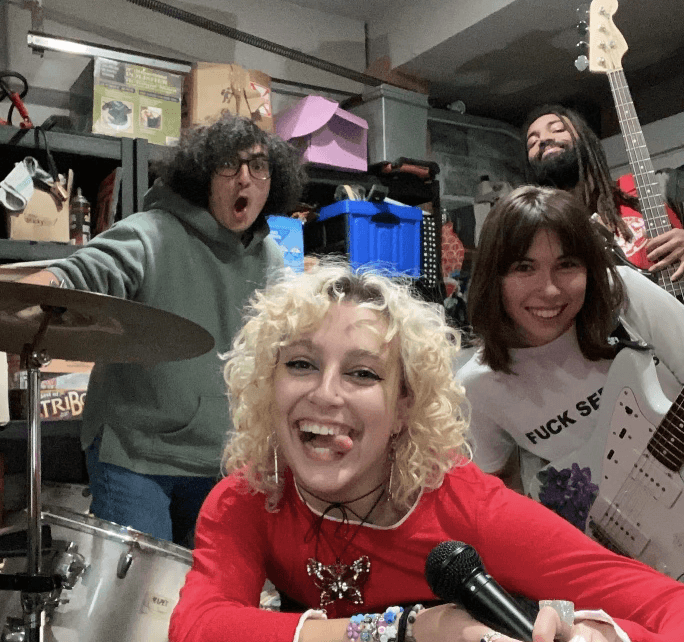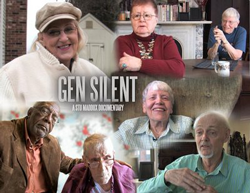It was the summer of ’68 when Marc Muller, present-day professional musician and Monmouth University adjunct professor, was gifted his first real six-string. For him, forming a band was as easy as forming a sentence.
At the time, The Rolling Stones, The Beatles, and Jimi Hendrix were releasing new music and inspiring the youth; it was practically impossible to not pick up an instrument and start playing with some friends in your basement. Casual bands were everywhere.
If your musical inclinations are no longer satisfied by merely listening to others’ music, consider forming a band. Who knows, you and your group could turn out to be the next Grateful Dead, Nirvana, or Metallica. It is unofficially, officially time to make forming bands a thing again. So, get off your PlayStation and TikTok— it’s time to get this show on the road!
First, think of the music genre your band would fall under. Whether it’s hard rock, classic rock, alternative, grunge, country, or pop, it’s important to have a starting place. This doesn’t mean you can’t explore outside of that original idea once you’ve begun; rather, it gives you some constructive parameters for your creative juices to flow. Moreover, the type of music you decide on may even lead you to your future bandmates.
In the era of such advanced technology and means of communication, there are a plethora of ways for people to join your band. Muller, who has performed with artists like Bruce Springsteen and Shania Twain, shared some insight into his personal experience.
He began, “Word gets out, friends of friends heard about us looking for a bassist and told their friends, which ultimately led us to Jimmy.” He found his next band by answering an advertisement, similar to how Monmouth student Gianna (Gigi) Barwald recently formed her “punk riot girl band,” T@b Grrrl. Although her bassist was her friend beforehand, she met her guitarist and drummer online.
Barwald said, “I had made some fliers with the criteria I was looking for and posted them all over social media and asked my friends to do the same. I ended up finding them through a friend’s social media, not even mine.”
There is also a more “corporate” way to form a band, as described by Muller. According to him, having a financial steppingstone, or a backer (someone who is not in the band but is willing to offer financial support), will provide you with a stable foundation.
Finding your band’s image is another element to consider. Are you looking for a bohemian vibe like Fleetwood Mac or something more funk like the Red Hot Chili Peppers? Maybe it’s dark colors and smudged eyeliner like Green Day. For Barwald, her inspiration came from the “Riot Grrrl” movement that started in the ‘90s.
“I wanted the inspiration of women being fed up with the male dominated punk scene to translate into this band,” emphasized Barwald.
Starting a band is taking a leap of faith in spite of the difficulties. T@b Grrrl’s biggest issues came with scheduling. Between four members attending three different schools, it was hard for them to find a time to meet in the beginning. When the bassist Alijah Williams’ lease was up at the end of last school year, they struggled to find another place to rehearse, which ultimately led them to their drummer Kie Antone’s garage in the Atlantic Highlands for the summer.
Despite the rocky start, Barwald admitted, “Seeing all our songs come to fruition is really cool. I’ll bring in some lyrics and then put it in the group chat, someone will send back a guitar part, maybe someone else will send a riff or bass line and we come to practice and put it all together.”
If you’re on the fence, consider Muller’s first set gig. After winning a Battle of the Bands, a bar gave his band permission to play there. The only issue? He was 15 years old, forcing him to stand by the door in the event cops came around asking for IDs. “It’s an experience I will always remember,” reflected Muller. Your band could give you the same.




